
Communication is the lifeblood of human civilization. It has evolved from simple signals to complex systems that connect us across the globe. In this article, we will explore the fascinating journey of communication, from the primitive smoke signals to the invention of the telegraph, which revolutionized the way people exchanged information.
Early Communication Methods
In ancient times, humans relied on natural means to convey messages. The earliest forms of communication included hand gestures, body language, and vocal sounds. However, as societies grew and the need for long-distance communication became apparent, more sophisticated methods were adopted.
One of these methods was the use of smoke signals. Different cultures, such as Native American tribes and ancient Chinese, used smoke signals to send messages across long distances. The signals were produced by creating puffs of smoke using fire and a blanket. These visual cues conveyed different meanings, based on the number and frequency of the smoke puffs.
The Advent of Writing
The next major leap in communication came with the advent of writing. Around 3400 BCE, the Sumerians developed cuneiform, one of the earliest writing systems, allowing the recording of information for future generations. This invention marked a significant shift in the way humans communicated, providing the means to document history, culture, and laws.
Following the Sumerians, the ancient Egyptians developed hieroglyphics—a system composed of symbols and pictures. These writing methods were chiseled into stones or written on papyrus, serving as a medium for preserving knowledge.
Postal Systems and Couriers
As civilizations expanded, the need to facilitate communication across vast territories became critical. Postal systems were established to bridge these distances. The Persians, for instance, established an extensive postal system under King Cyrus the Great in the 6th century BCE. Couriers traveled on horseback along maintained roads, delivering messages rapidly across the empire.
Similarly, ancient China and the Roman Empire developed postal systems that connected their vast regions through efficient delivery networks. These systems laid the groundwork for future mail services and influenced modern communication methods.
The Printing Revolution
The invention of the printing press by Johannes Gutenberg in the mid-15th century was a pivotal moment in communication history. Books, pamphlets, and newspapers could now be mass-produced, making information accessible to a larger audience. This innovation not only enhanced the dissemination of knowledge but also fueled the Renaissance and Reformation, reshaping European societies profoundly.
The printing press democratized information, empowering individuals to explore new ideas and contributing to broader education and enlightenment.
The Invention of the Telegraph
The 19th century witnessed the invention of the telegraph, transforming communication once again. The device, developed by Samuel Morse, used electrical signals to transmit messages over wires, significantly reducing the time it took to send information from days to seconds.
Telegraphy enabled real-time news updates, altered commerce by allowing businesses to communicate quickly, and even played a critical role during wars by coordinating military strategies. This technological breakthrough marked the beginning of an era where instant communication became possible.
Conclusion
The journey from smoke signals to telegraphs represents human ingenuity and the continuous pursuit of connecting with others. Each advancement in communication technology has paved the way for today’s digital communication landscape. As we continue to innovate, understanding the history of communication helps us appreciate the tools and systems that have shaped our current world.
Communication is the lifeblood of human civilization. The invention of the telegraph transformed communication once again. 
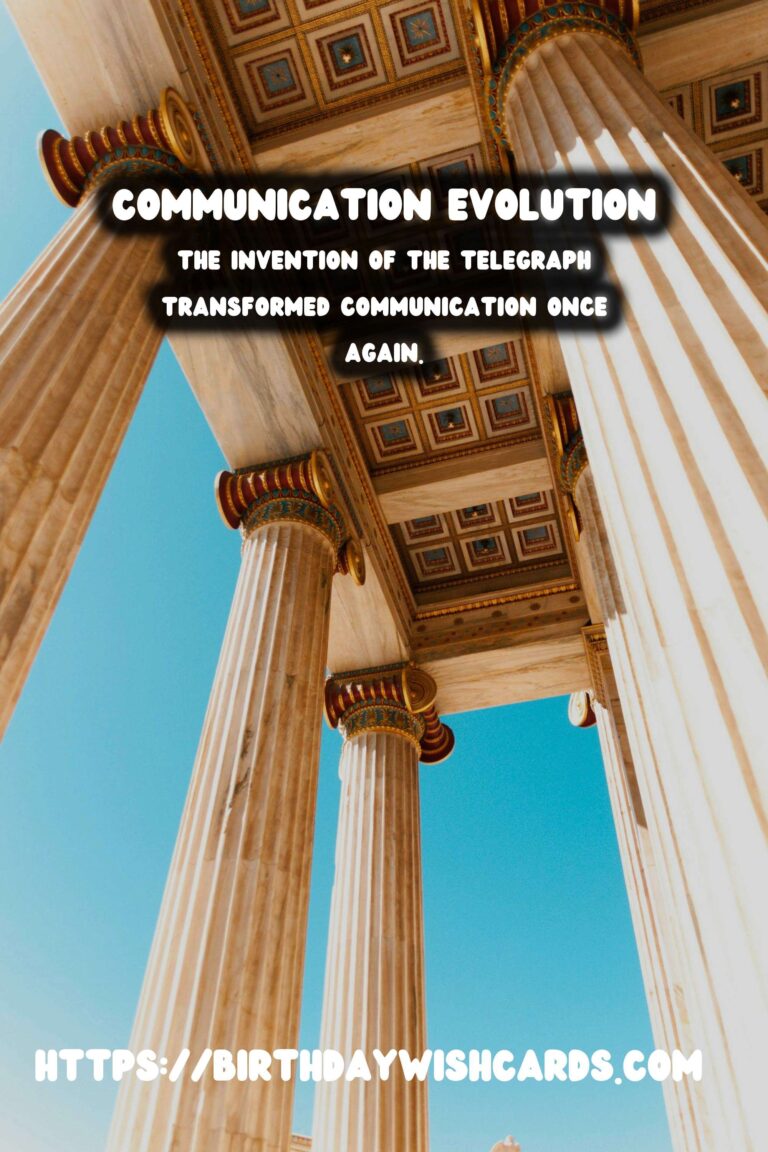

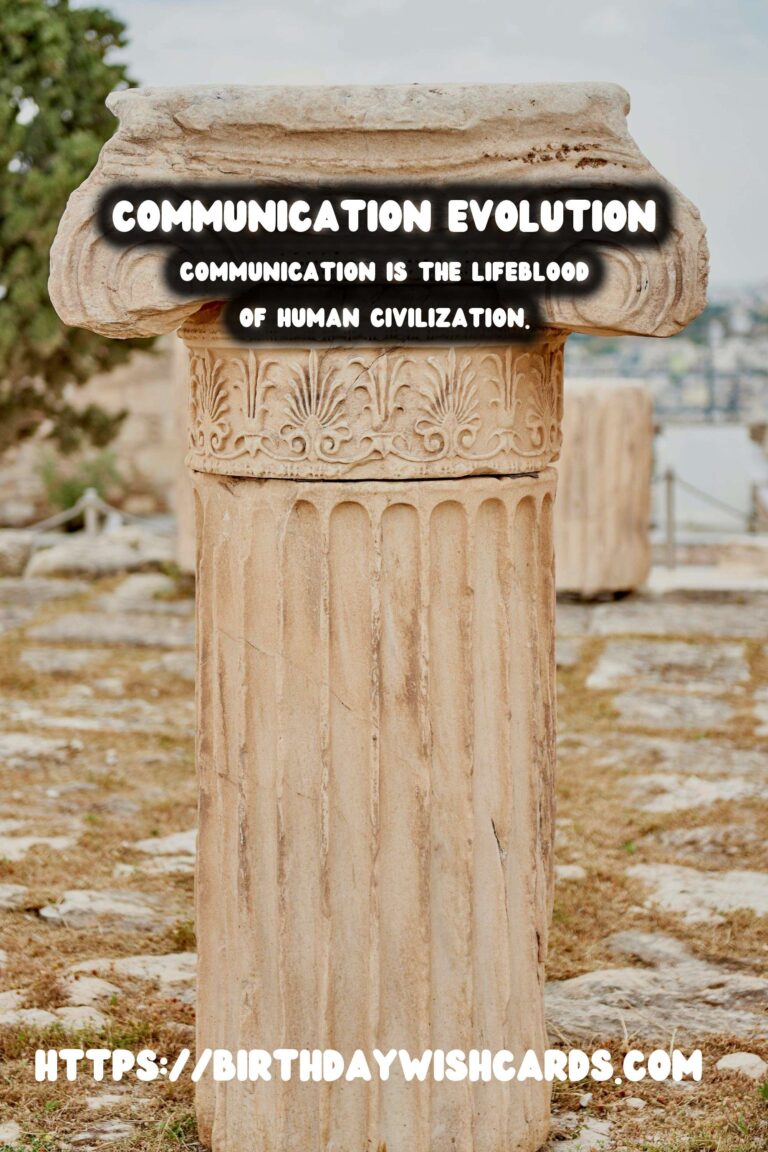
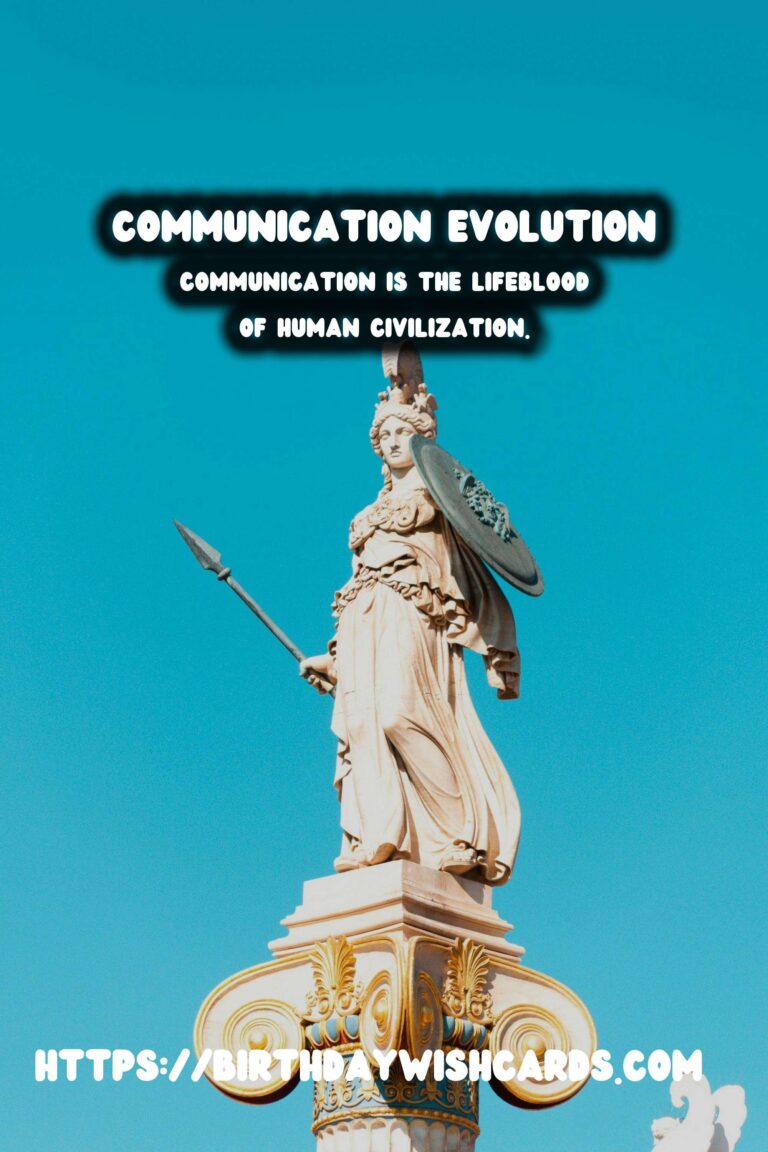
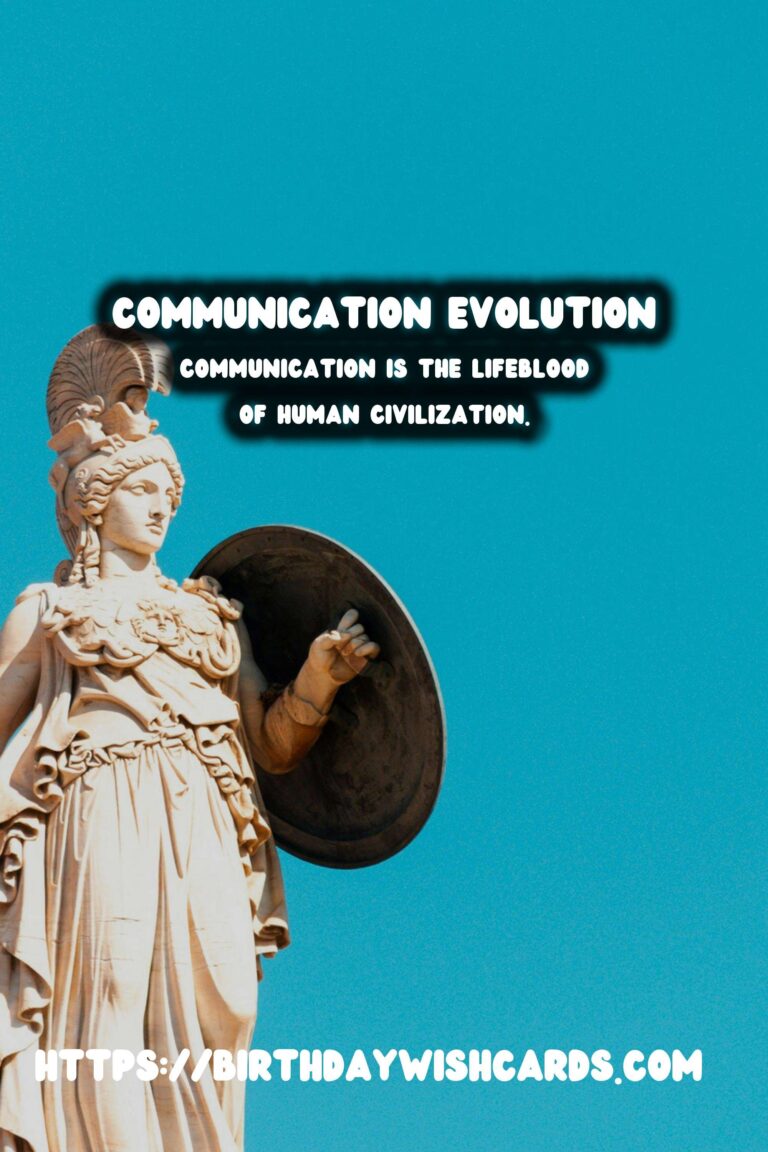
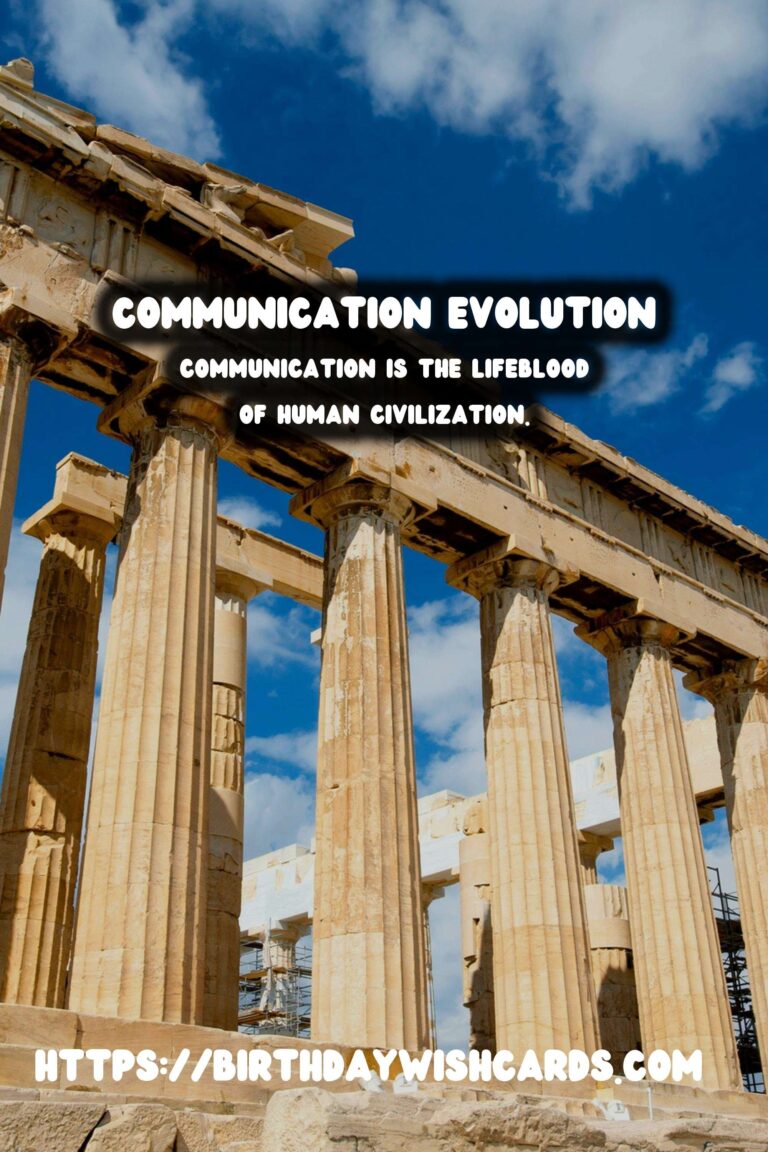
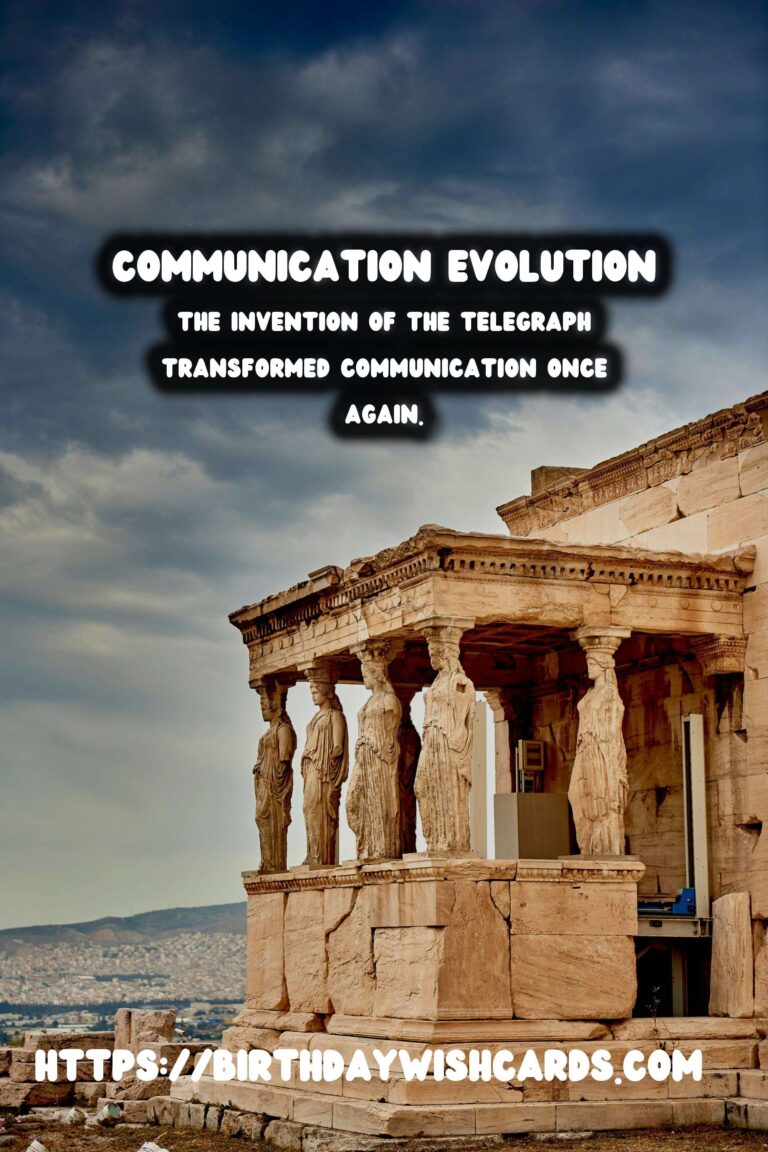
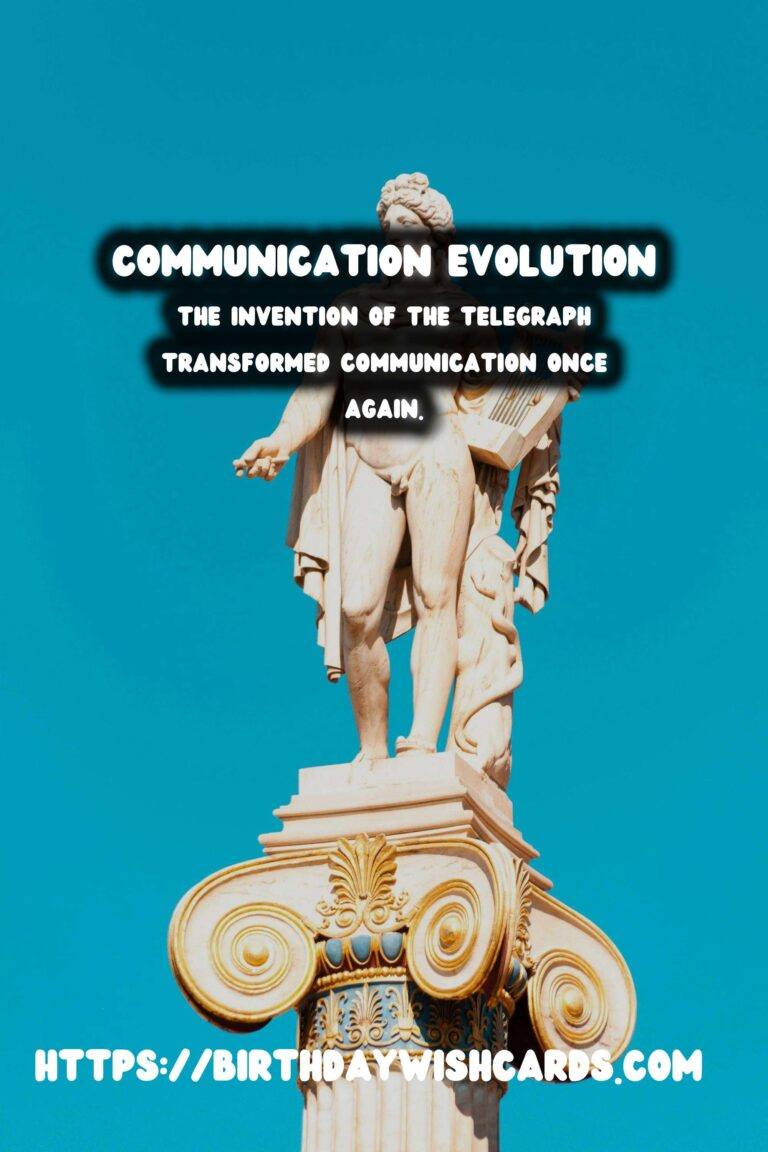
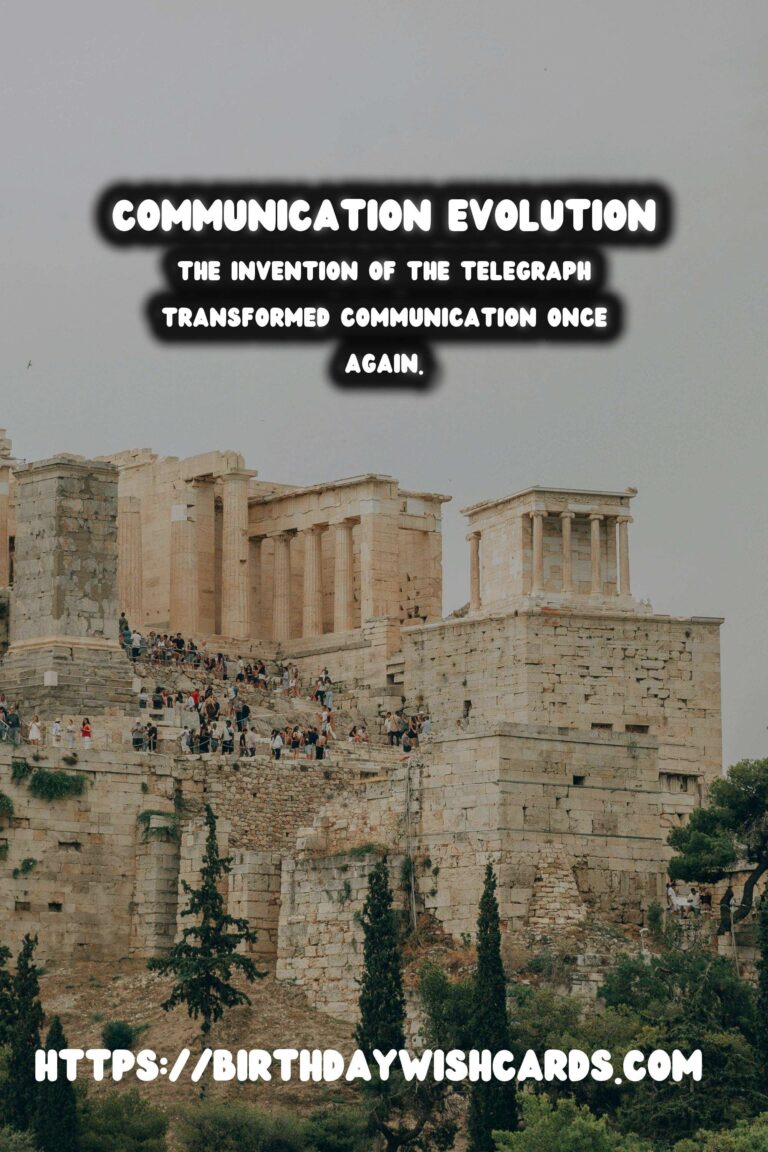
#CommunicationHistory #Telegraph




